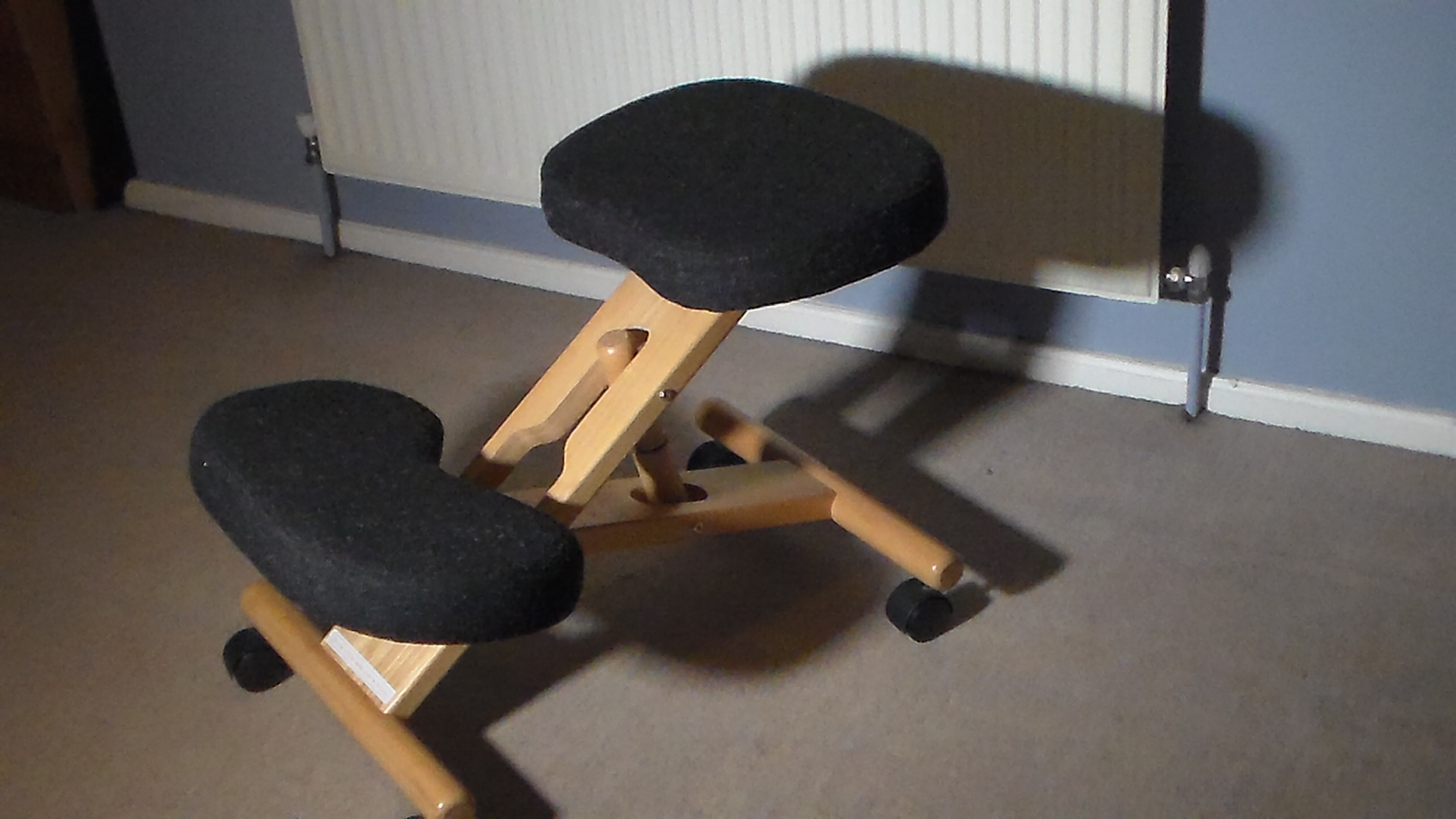Reflections on Managing Pain Mindfully
Ask yourself a question: in your lifetime are you likely to face: small injuries, major injuries, long-term pain or chronic illness?
The answer, since we are all human, is that any of those on the list are possible, so wouldn't it be nice to learn how to maintain your mental well-being under such circumstances with some mindfulness pain management?
Mindfulness and pain management isn't necessarily about “getting rid” of the pain; neither is it about indulging the pain. That isn't the aim. Mindfulness and pain management is about giving the body-mind complex the conditions required to allow the body to accept and relax in the present moment.
This may or may not aid recovering and again that isn't the objective. The objective is to learn to be able to live with the pains of physical illness and reduce the added mental stresses that come with this.

An introduction to pain management and mindfulness
In this blog post, I will offer some reflections on pain management and mindfulness, and will also point you in the right direction to more substantial research and approaches out there.
What you might find is some of the meditation techniques given in the more in-depth pain management mindfulness programs will lap over and compliment the ones found on this blog and on my site.
As ever, read and take what is appropriate for you, and leave what is not.
It might be nice for our readers to hear your stories of mindfulness and pain management, that is, if you feel comfortable sharing them.
Small injuries
A small injury here could be, say, a pulled muscle in your leg. OK at the point of writing this I'm recovering from such a muscle strain in my left hip.
Last week it was really painful and I walked with somewhat of a limp. So I took some practical measures: I laid off the yoga sessions for a few days and only did a few simple stretches once the pain started to settle. And I certainly laid of the weightlifting!
I have to admit, it was either through yoga or weight lifting that I did the injury!
In light of this I tried to set some boundaries but after trying to sit in my usual half lotus for an afternoons meditation I realised I need to lay off that too. So out came my sister's IKEA meditation stool-contraption-thing she'd given to me (see picture below – surprisingly comfortable).
For the first time in 19 years, I wasn't starting my morning by sitting on a cushion crossed legged with my eyes closed. Instead, I was sitting on an IKEA sitting stool-contraption-thing with my eyes closed.
Old habits die hard... or do they?
Habits can be hard to break (so I've heard). To be honest though, I found the meditation stool really comfortable and thought, “Oh well might as well roll with it” - the stool is on wheels but thankfully I didn't literally “roll with it”!wwtely can cause destructive behaviour patterns.
From my experience of mindfulness meditation, I can say the "thought-crust" habits (a phrase I've coined as it seems to describe them well) that get built up need time to be worked through and "un-crusted".
The key principles, in brief, are as follows:
Avoid adding more “crust” habits on and give your mind space to allow old “crust” habits to burn off.
A good example of an emotion being covered up with thought-crust habits is undealt with grief.
You can have a loss, not just a person but say something like your health, and the grief can be covered up by a habit or thought pattern that can potentially end up quite destructive. People have turned to drink, drugs, work addiction, binge eating, all sorts just to avoid the grief.
In my own experience, I've found it better to turn and face the grief rather than run from it, but to do this slowly and gradually over time using mindfulness and some "wise-softness" towards yourself.
Using a wise-softness approach
By wise softness I mean, not going hell-for-leather with all this mindfulness stuff; sitting for hours on end in meditation, locking yourself away and facing the pain with utterly gripped teeth. That wouldn't be healthy either.
Neither is trying to use mindfulness to replace necessary medication in pain management. I've seen some quite negative cases where this has been tried; my advice would be to consult your health professionals on this issue and use medicine wisely to help relieve the pain in a kind way.
So a wise-softness approach is about working with the illness and your personality; perhaps taking time to still try and enjoy the things you do as best you can within the boundaries of the medications you have, and working steadily with the mindfulness approach as a well-being supplement.

Give yourself some daily space to be human
So each day doing meditation can give the mind the space to release the frustrations of say being in pain and doesn't add further frustrations on top; "thought-crust" habits. It isn't perfect and from my experience of dealing with grief, which is mentally painful rather than physical but painful all the same, becoming relaxed with the pain takes time.
Meditation is not a quick fix and never has been.
One has to come back to the cushion (or IKEA sitting stool-contraption-thing) again and again and often be willing to face and come to terms with the difficult stuff. With long-term pain management this could be the frustrations: the “why me?”, the “I don't want this”, the “why is everyone else ok” all the negative destructive thoughts that can accompany an already difficult situation.
Healthy for you and good for others
Learning to relax into the situation, but not giving up, just being relaxed and getting on with "how it is" is a healthy thing.
Healthy for you.
Good for those around you.
Mindfulness can help with long-term pain management, it can turn the double hit of physical and mental suffering into just the physical one and this might even aid one to recover quicker.
I'd love to hear your thoughts on this. It is a big topic and one that, sooner or later, can affect many of us.
